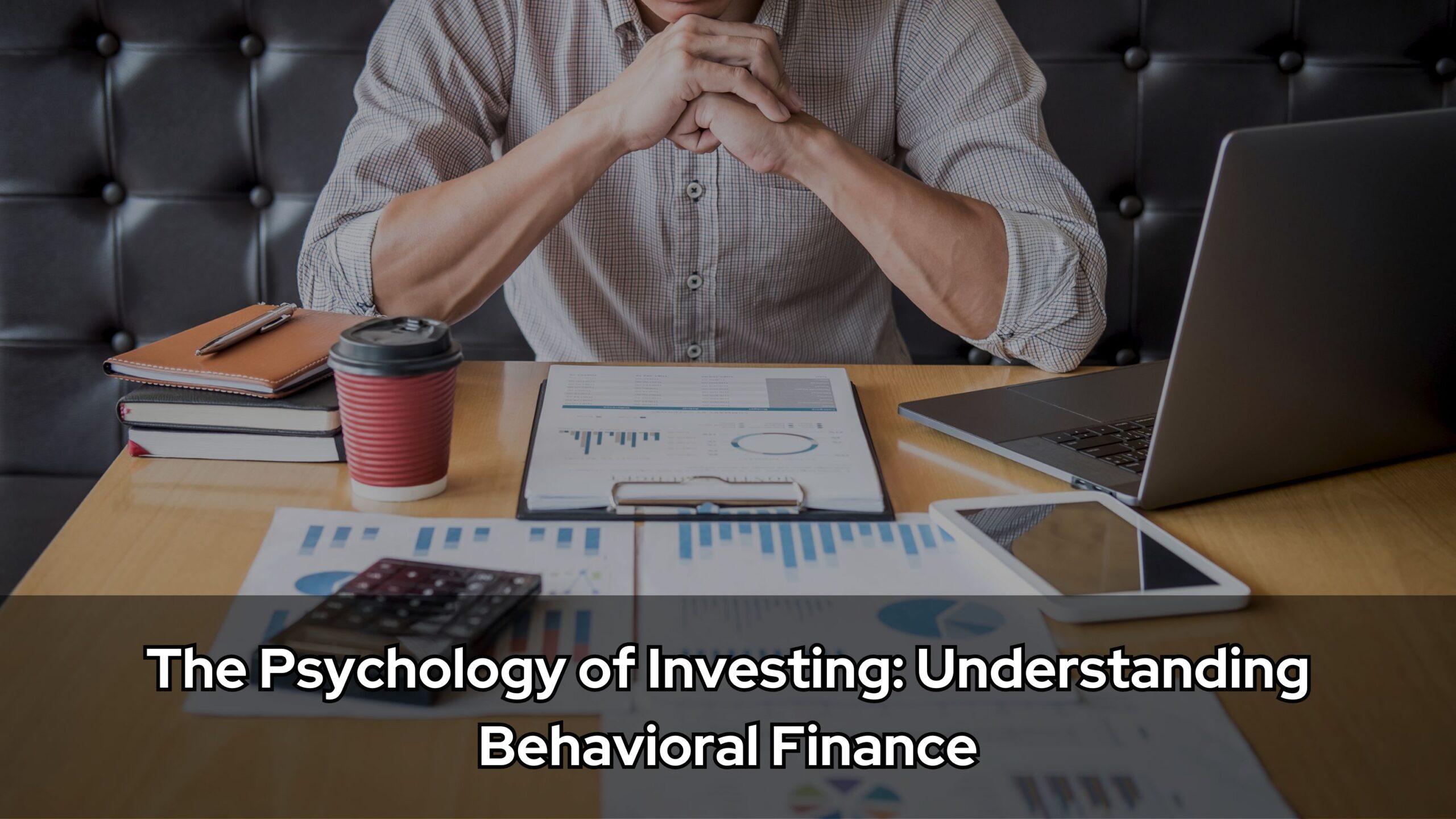Investing is not just about numbers and market trends; it’s equally influenced by human behavior. The field that explores this dynamic relationship is known as behavioral finance. In this article, we delve into this topic and understand how it can affect our investing journey.
What is Behavioral Finance?
Traditional finance assumes that individuals always make rational decisions based on available information. However, behavioral finance acknowledges the emotional and psychological factors that can influence investment choices. It recognizes that investors are not always rational actors and may be swayed by cognitive biases, emotions, and social influences.
Using behavioral finance, one can understand the psychology of investing. This understanding can be shaped from different perspectives. This is a result of varying instances, as per Coinstreet. The investment advisory platform considers stock market returns to form one such instance. As stock prices increase or decrease, different behaviors get triggered. Accordingly, investors plan their moves.
Key Concepts in Behavioral Finance
Loss Aversion:
One of the fundamental principles of behavioral finance is loss aversion. This concept suggests that people tend to feel the pain of losses more intensely than the pleasure of gains. As a result, investors may become risk-averse to avoid losses, impacting their decision-making process. Furthermore, an investor may tend to hold onto their losses, hoping for a recovery, while quickly booking small profits. This is the opposite of what one should be doing, i.e., cutting losses early and letting winners grow and compound profits
Herding Behavior:
Investors often follow the crowd, assuming that collective wisdom prevails. This herding behavior can lead to market bubbles and crashes. Understanding this tendency is crucial for navigating the markets successfully.
Overconfidence:
Overconfident investors may overestimate their ability to predict market movements. This can lead to excessive trading, increased risk-taking, and, ultimately, financial losses.
Anchoring:
Anchoring occurs when investors fixate on specific prices or information, failing to adjust their views as new information becomes available. This can result in missed investment opportunities or poor decision-making, as per expert advisory and consultancy firms such as Coinstreet.
The Role of Behavioral Finance in Investing
Now, let’s consider how these concepts apply to investing more broadly. Investors across various markets are subject to the same psychological influences as traditional investments.
FOMO (Fear of Missing Out):
Risky assets such as equities often experience FOMO-driven price movements. Investors may rush to buy in during rallies, driven by the fear of missing out on potential gains (or rather quick gains). Recognizing and managing FOMO is essential for making informed investment decisions.
Volatility and Emotional Decision-Making:
Stocks often go through period of volatility. Sharp price swings can trigger emotional responses, leading to impulsive decisions. Developing emotional resilience and a disciplined approach is crucial in navigating this market as per Coinstreet.
Social Media Influence:
Social media plays a significant role in shaping market sentiment. The excitement or fear generated by online communities can impact the value of assets. Investors need to critically evaluate information and avoid being swayed solely by online trends.
Conclusion
Understanding the psychology of investing through the lens of behavioral finance is essential for any investor. According to the financial advisory platform Coinstreet, an in-depth study of this concept can lead to better investment decisions.
By recognizing and mitigating cognitive biases, managing emotions, and staying informed, investors can make more rational and informed decisions in this dynamic and sometimes unpredictable market.
In the world of investing, where market sentiments can change rapidly, a profound understanding of behavioral finance can be the key to unlocking long-term success.



